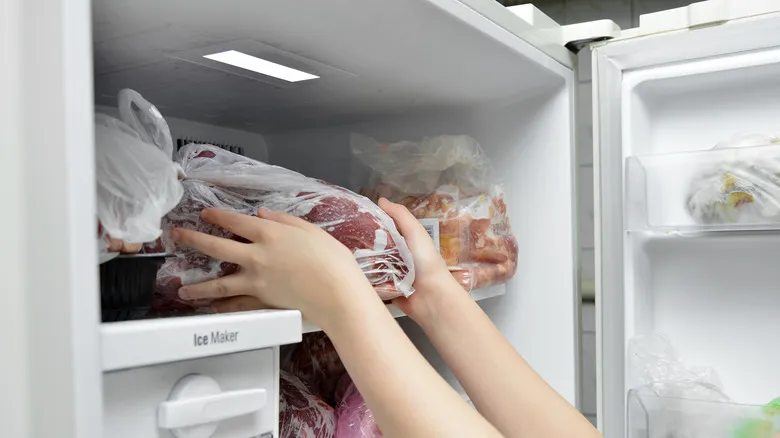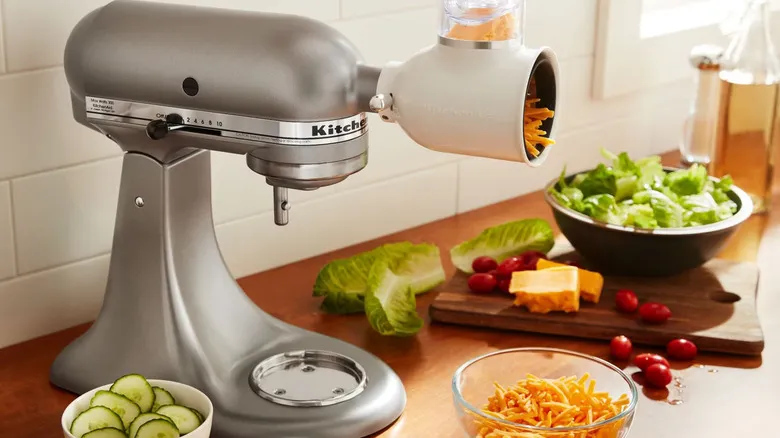If you want your ham to last longer, freeze it

If you want to keep ham safe to eat for more than a few days, freezing it is your best option. Foods, including ham, stored at or below zero degrees Fahrenheit can remain safe to eat indefinitely. However, the quality of the ham may decline over time. For optimal quality, freeze fresh uncooked ham for up to six months, and cooked ham for three to four months. Similarly, uncooked cured ham can be frozen for three to four months, while cooked cured ham is best used within one to two months. You can also freeze ham lunch meat for up to two months; just ensure it’s in a freezer-safe container to prevent freezer burn.
To avoid freezer burn when storing ham, one of the easiest methods is to use a zip-lock freezer bag, removing as much air as possible. To do this, fill the bag, seal it with a small opening, and slowly submerge it in water without fully immersing it. The water pressure will help push the air out more effectively than squeezing. Afterward, seal the bag completely, label it, and date it so you know when to use it.
When you’re ready to use your ham, thaw it completely in the refrigerator rather than on the counter to maintain a safe temperature. Alternatively, if you plan to cook with it, such as in a soup, you can add the frozen ham directly without thawing.
Recommended

Pig's Feet Is The Underrated Cut Of Pork You Should Know How To Cook

These Are All The KitchenAid Attachments You Need

10 Easy Tips To Reduce Food Waste

The Ultimate Guide To Buying Olive Oil
Next up

